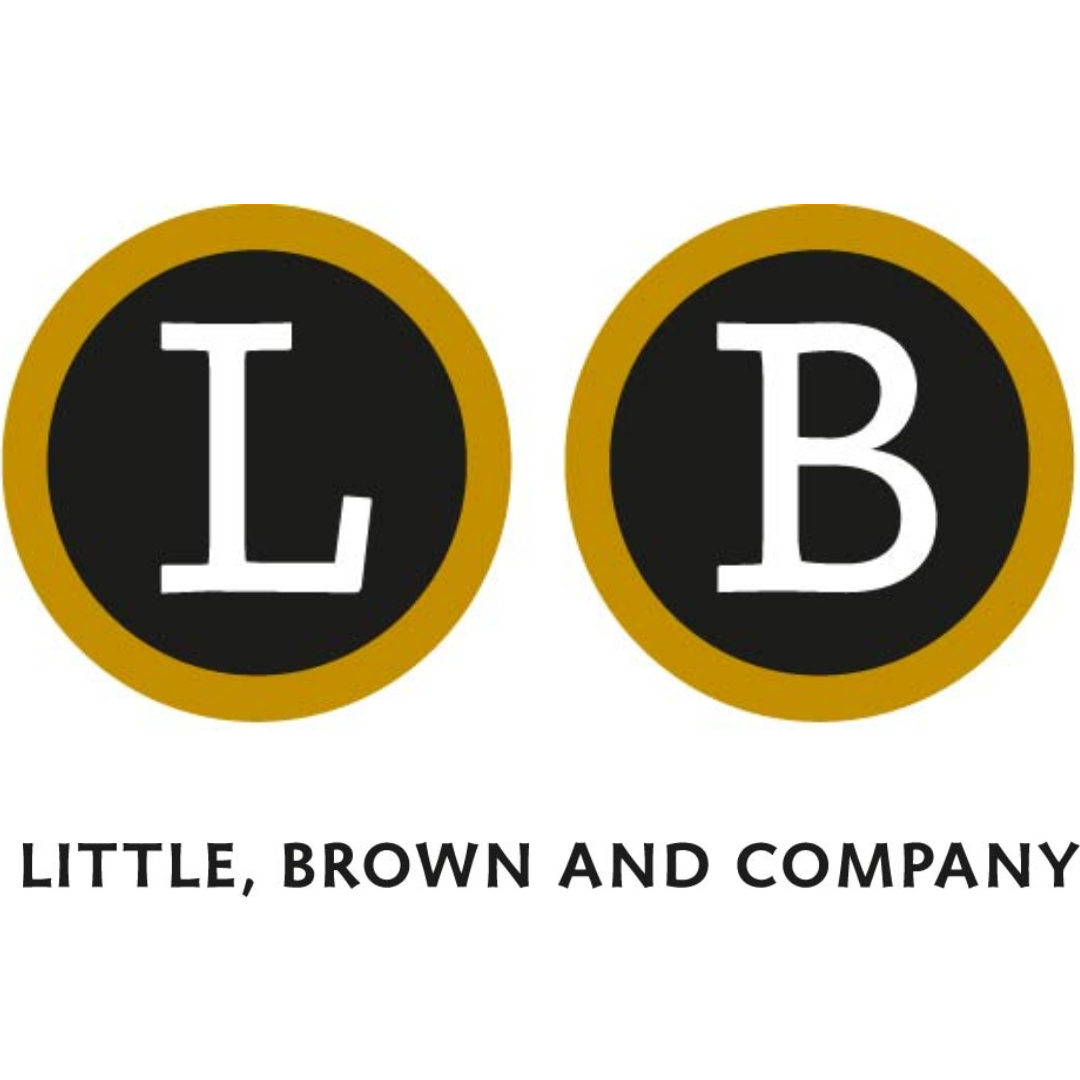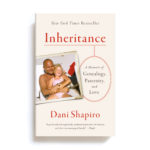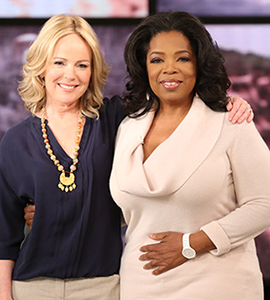Neuroplasticity

Neuroplasticity: The brain’s ability to reorganize itself by forming new neural connections throughout life. Neuroplasticity allows the neurons (nerve cells) in the brain to compensate for injury and disease and to adjust their activities in response to new situations or to changes in their environment. Previously thought to be a characteristic only of the brains of the very young,…this capacity for rewiring of the neuronal synapses to allow for re-development of entire regions of the brain is present in adults as well as children.
At a reading from Black & White the other night at Stockbridge Booksellers, a cozy little bookstore in Stockbridge Massachusetts, the Q&A; afterwards turned into an interesting discussion–who knows why?–about neuroplasticity. A fellow in shorts who was sitting in the rear of the audience asked me in my capacity as a student of the human condition (those were his words) whether I believed adolescence to be the time in life when we are most able to withstand trauma, when our brains are most elastic. It was clear from the way he phrased the question that he believed this to be the case.
I emphatically didn’t agree with him. And it got me thinking, both about adolescence, about development in general and about the whole subject of developmental milestones. (I guess this is what we students of human nature do in our spare time.) Do we all grow at the same rate, as if we’re on a conveyor belt being stamped with certain criteria for growth at certain precise moments along the continuum? This thinking seems more and more prevalent in this wacky culture we live in. Take the books that mothers of young children read. For instance, What to Expect: The First Year. What To Expect: The Toddler Years. And so forth. I could have saved myself a few gray hairs and a few sleepless nights as a mother of an infant and toddler if I hadn’t poured over those books as if they were an owner’s manual to my child. Developmental milestones such as stacking blocks, putting two words together, pulling up to stand are very clearly delineated by the authors into categories such as:
Should be able to:
Probably is able to:
Might Even be able to:
Not taking into account the vastness and complexity of human nature, even–or perhaps particularly–as it relates to babies. Not taking into account that there are children who don’t talk until they’re five (hello, Einstein?) and children who literally never crawl but just get up and walk one day (my own dear boy). This idea that there are markers on the marathon of life that we each pass precisely at the same clip (if at all) strikes me–based solely on my own personal experience–as ludicrous. And I said as much to the fellow in the shorts. Using myself as an example, I told him I had been a late bloomer. That I had been a tremendously screwed-up adolescent. (I even have proof! See my memoir, Slow Motion.) That I didn’t come into my own true self until I was past thirty. That–like the wonderful character of Jean Brodie in The Prime of Miss Jean Brodie–I hit my prime well into my thirties, and that I feel more aware now of my own capacity to adjust than I ever have in my life.
If new age wisdom holds that there are no crises, only opportunities, it seems there are those among us (and again, who knows why?) who are able to grow from their crises at any age, at any point in their lives, regardless of the crisis. And others who fold. Who stop growing. Who ask: why me? I’m thinking now of my mother, who after suffering terrible injuries in the car crash that killed my father, was able to heal physically–in and of itself, a remarkable feat–but never took hold of the life- changing opportunity she had been presented with to become a different (happier, more fulfilled, less angry) kind of person. And I’m thinking of the man I (along with the rest of America) have been haunted by for the past week: Dr. William Petit, the endocrinologist in Cheshire, Connecticut who has just suffered the most unthinkable, impossible, monstrous loss of his wife and two daughters at the hands of murderers. There was a photograph of Dr. Petit in The Hartford Courant yesterday, speaking at the memorial service for his family. He stands gripping the lectern, the gash on his forehead from his own injuries still visible. Dr. Petit exhorted the people in that auditorium to do good in the world. To love one another. To take care of another human being. To reach out to a neighbor. He was able to impart that message less than a week after suffering the worst kind of loss. Neuroplasticity, indeed.



















